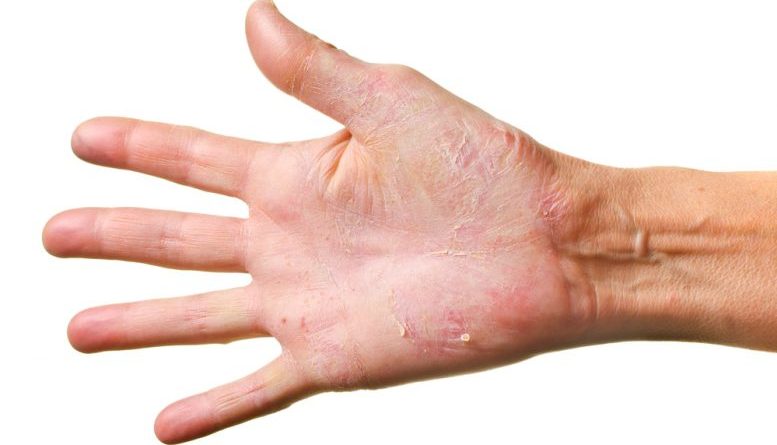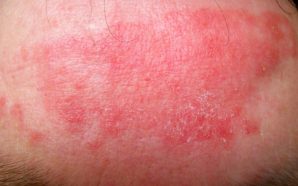In most cases of chronic eczema, several treatment courses will be necessary to get the symptoms under control. This may be a combination of at-home treatments as well as prescribed medications. What works best will vary person-to-person.
Below is a list of some of the treatments available to patients with chronic eczema. These should be used in tandem with regular self-care and moisturizing.
Wet Dressings
Wet dressings can help to reduce the symptoms of severe eczema within several hours to a few days.
Most often, wet dressings will require the help of a doctor or nurse to apply. The affected area(s) is dabbed with a corticosteroid cream and then the spot is covered up by a wet bandage (dressing). The wet bandages are then covered with dry bandages.
A doctor may show you how to do this so that you can apply wet dressings on your own at home.
Calcineurin Inhibitors
Calcineurin inhibitors are medications that help to modify the immune system. They help to reduce eczema inflammation.
Examples of calcineurin inhibitors are tacrolimus, such as Protopic, and pimecrolimus, such as Elidel. They are prescription creams that are applied directly to the skin.
These creams may cause skin irritation, burning, and itching. However, these side effects usually go away after several applications. Other side effects include cold sores or blisters on the skin.
Oral Medications
Oral medications are usually prescribed to patients with eczema that affects several areas of the body or to those that don’t respond to creams.
Oral medications slow the immune system’s response, thus reducing the severity of eczema symptoms.
Examples of oral medications are:
- azathioprine (Imuran)
- cyclosporine
- methotrexate
- mycophenolate mofetil
- oral steroids (prednisolone, prednisone)
Oral medications may cause severe side effects such as an increased risk of infection, nausea, and high blood pressure. Some oral medications can cause kidney or liver damage. Because of these side effects, oral medications should only be used for a short amount of time.
Ultraviolet Light/Phototherapy
Light therapy can be used when the patient doesn’t respond to creams. In most cases, ultraviolet B light is used, but some patients will require ultraviolet A light.
Phototherapy requires going to the doctor to get it done two to three times a week. However, it usually takes about one to two months for there to be signs that the treatment is working.
Injectable Medications
Injectable medications such as the biologic drug dupilumab (Dupixent) can help to lower inflammation. Dupixent is used to treat moderate to severe eczema.
The side effects include conjunctivitis, cold sores, and eyelid inflammation.
Featured image: roblan via DepositPhotos








